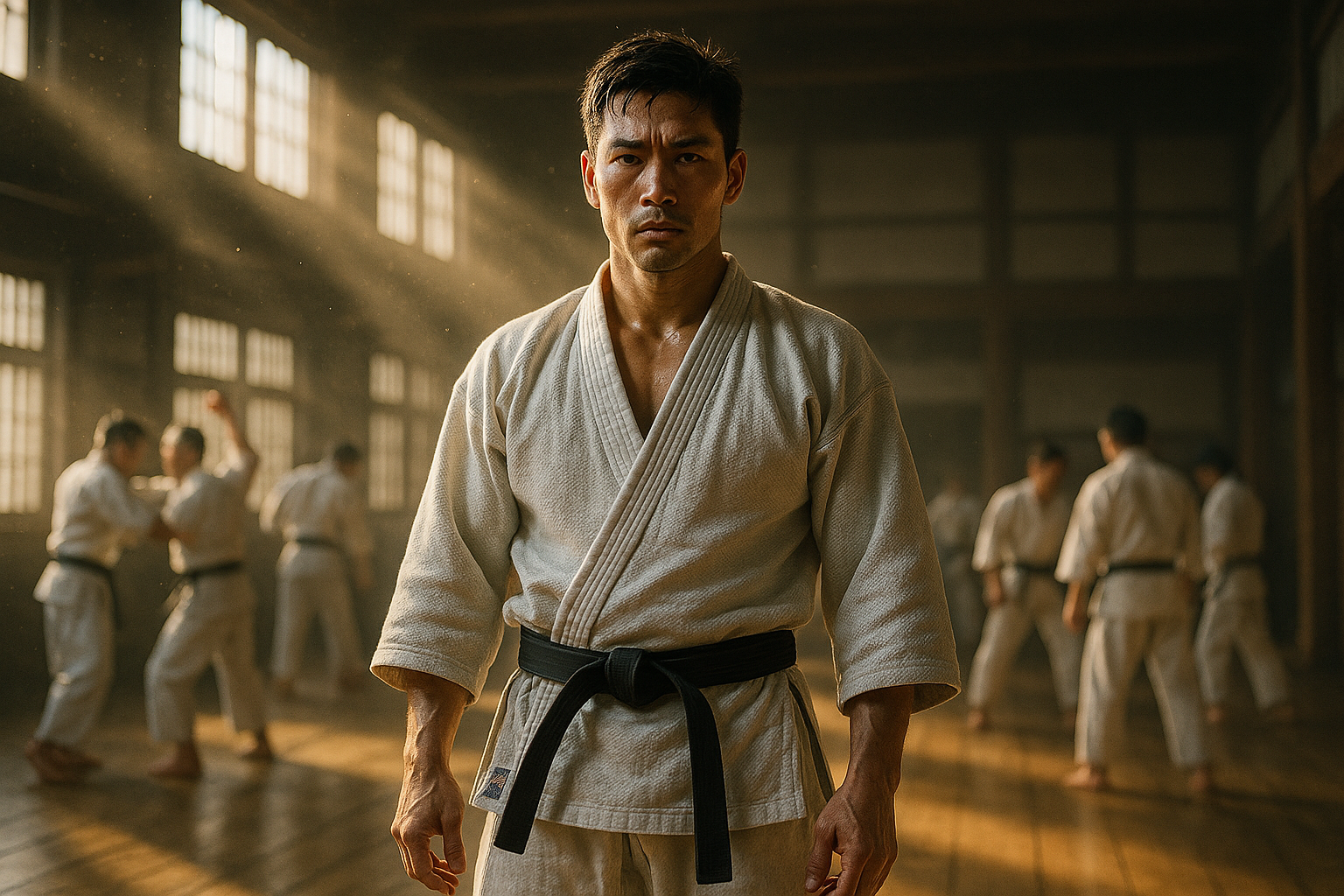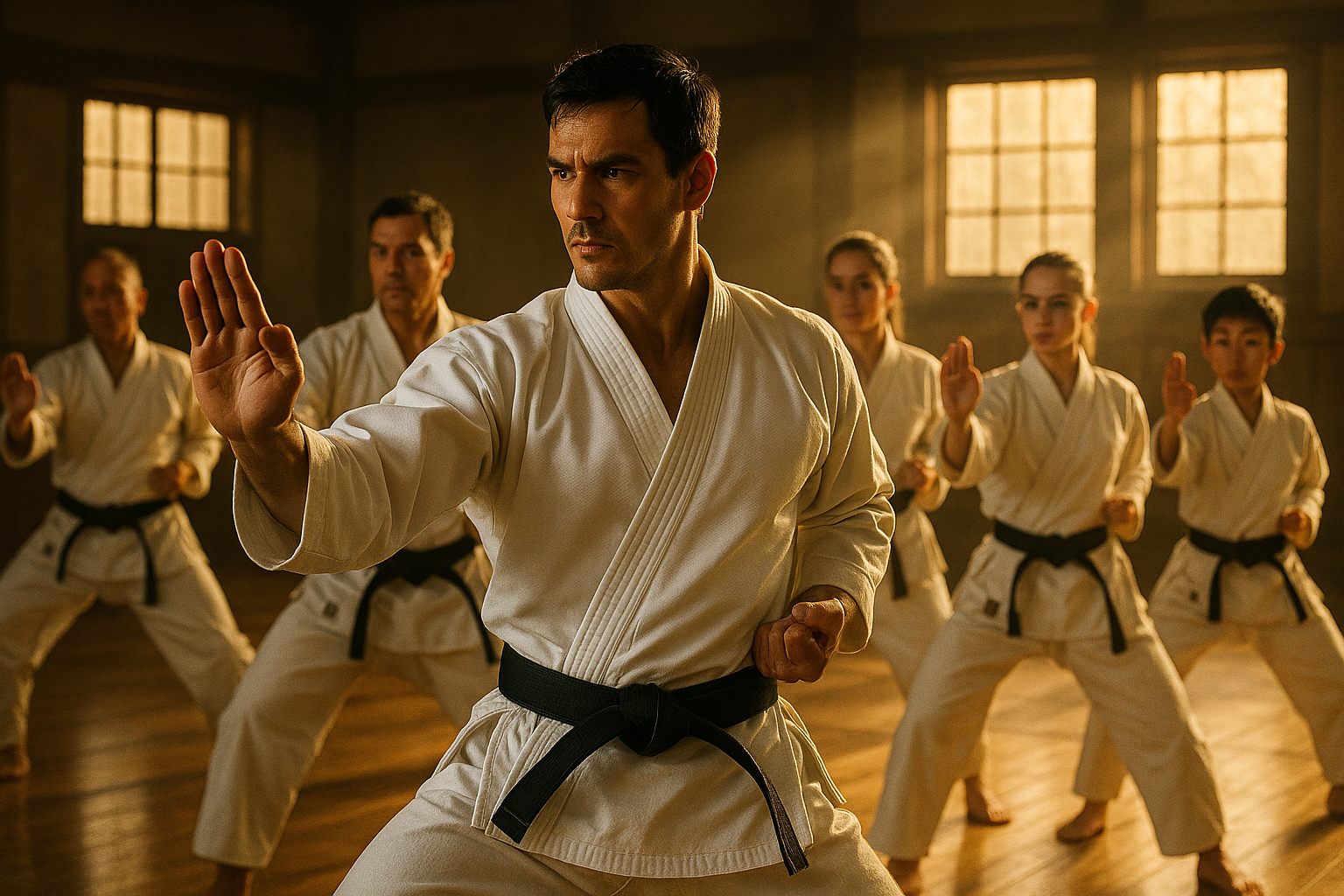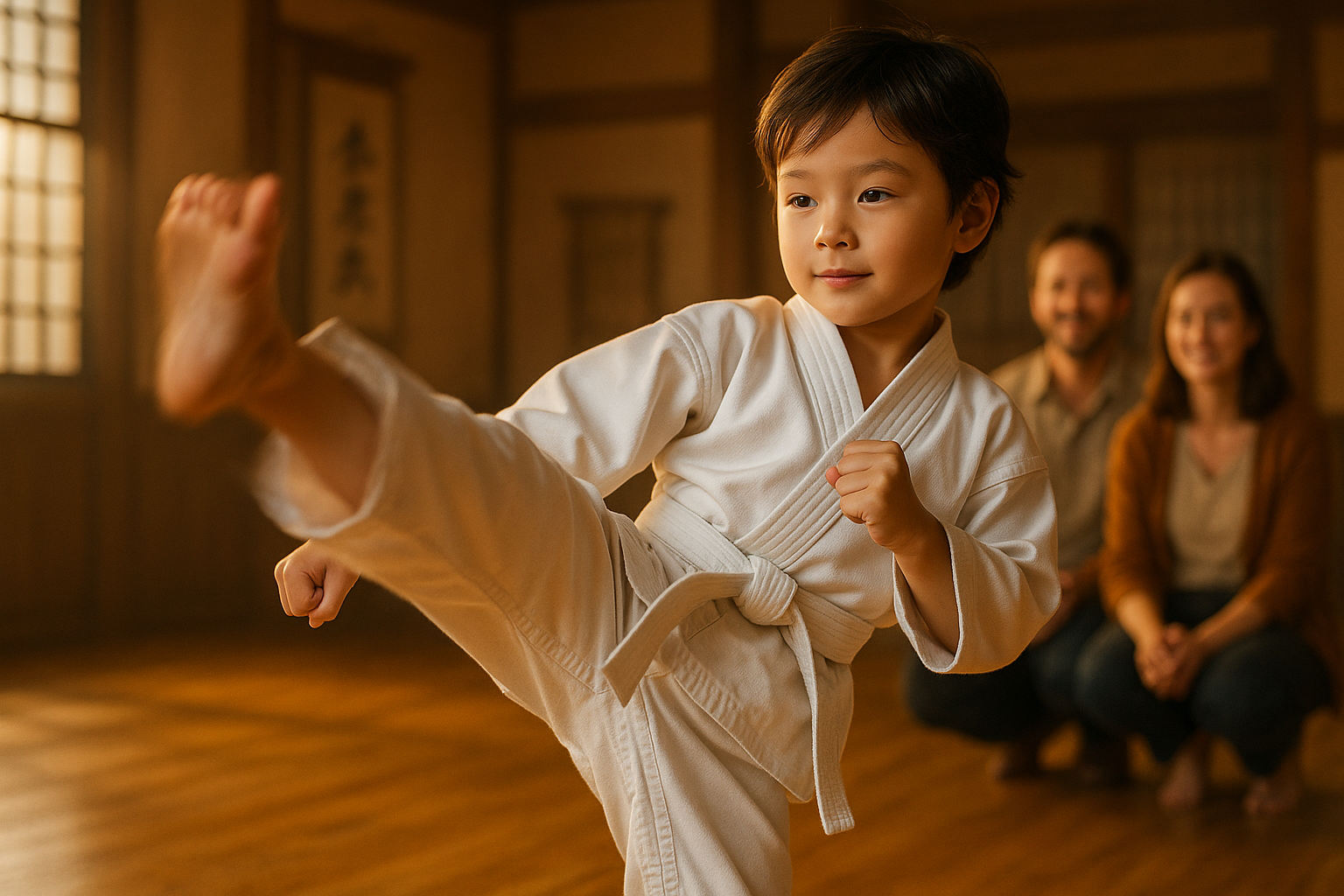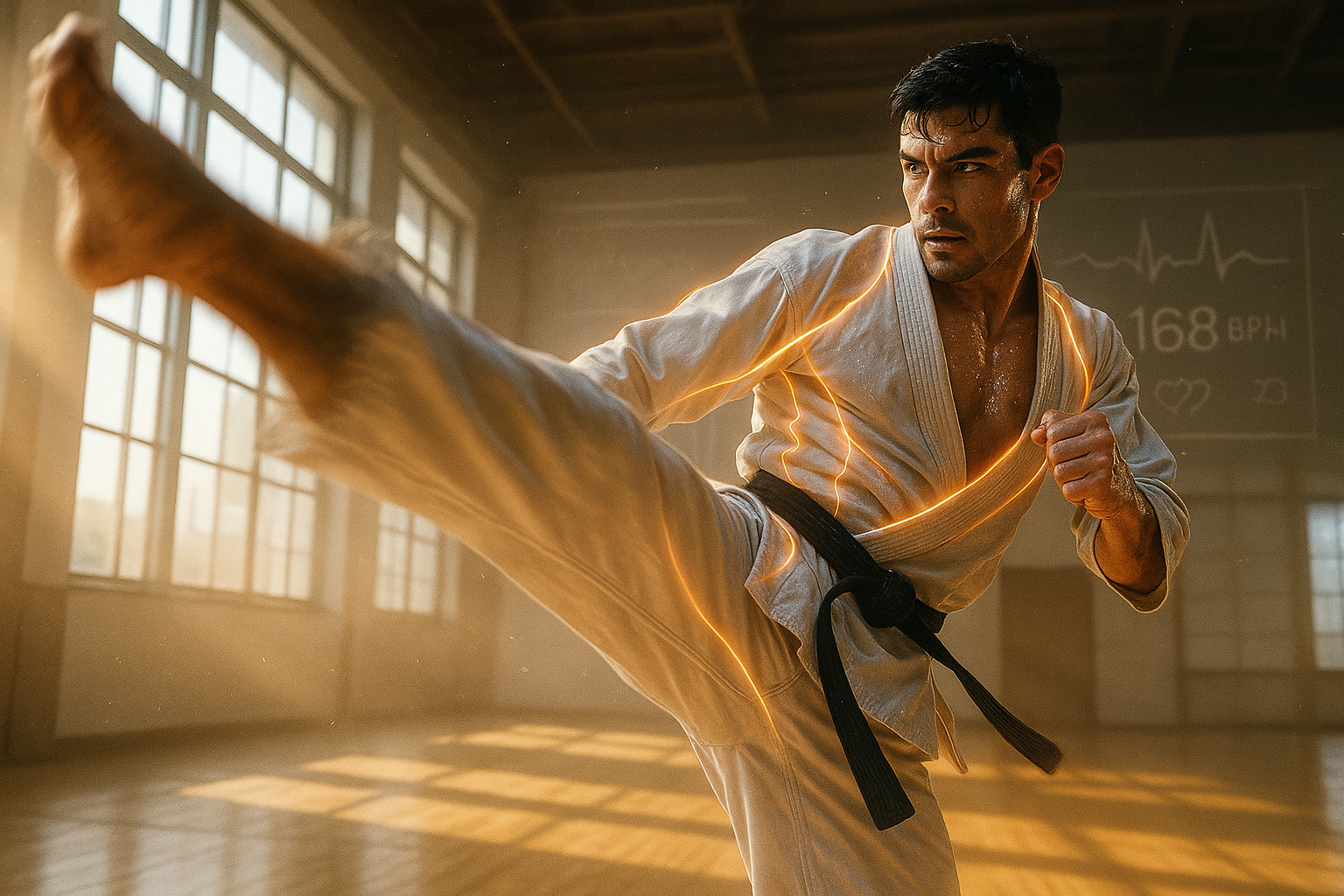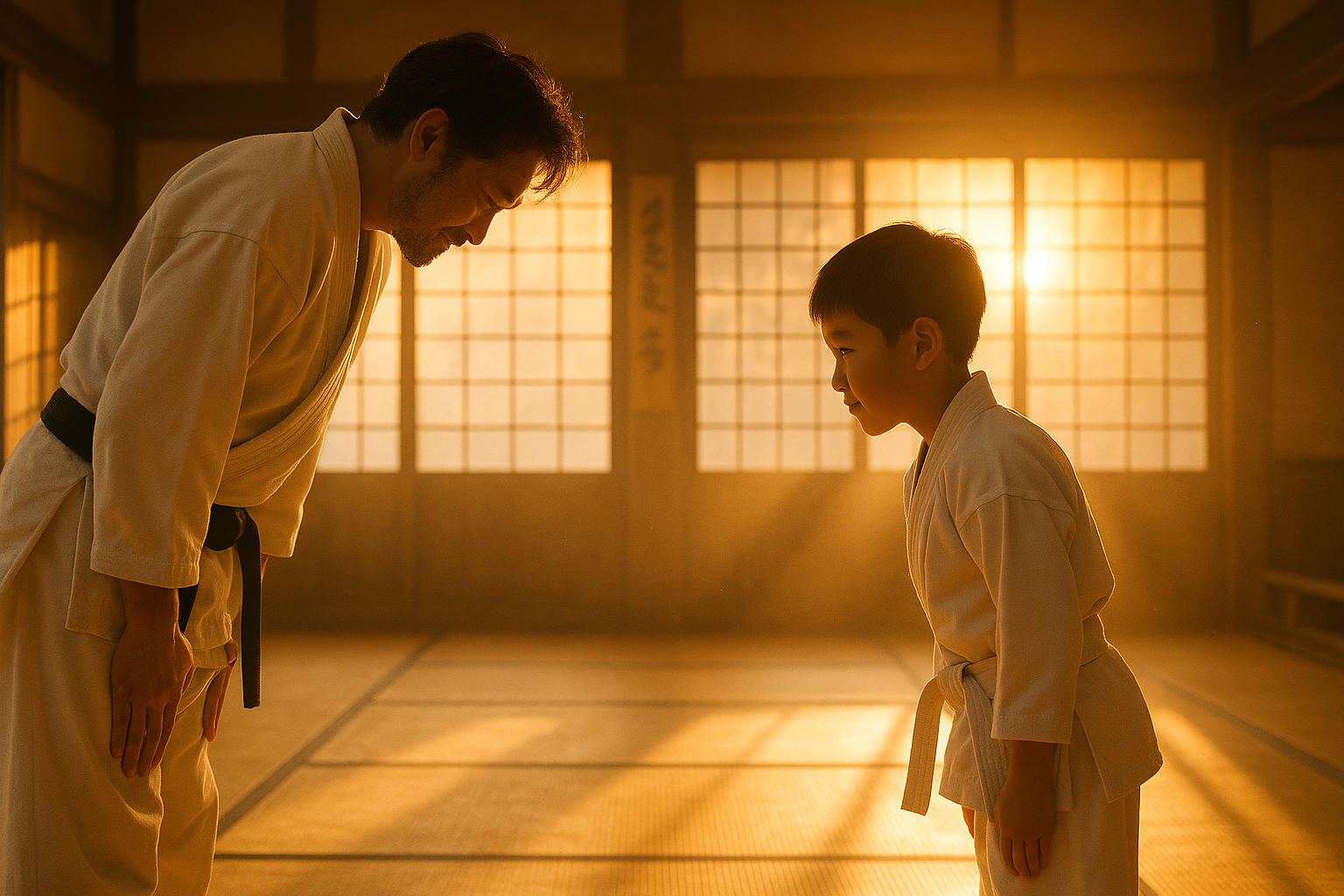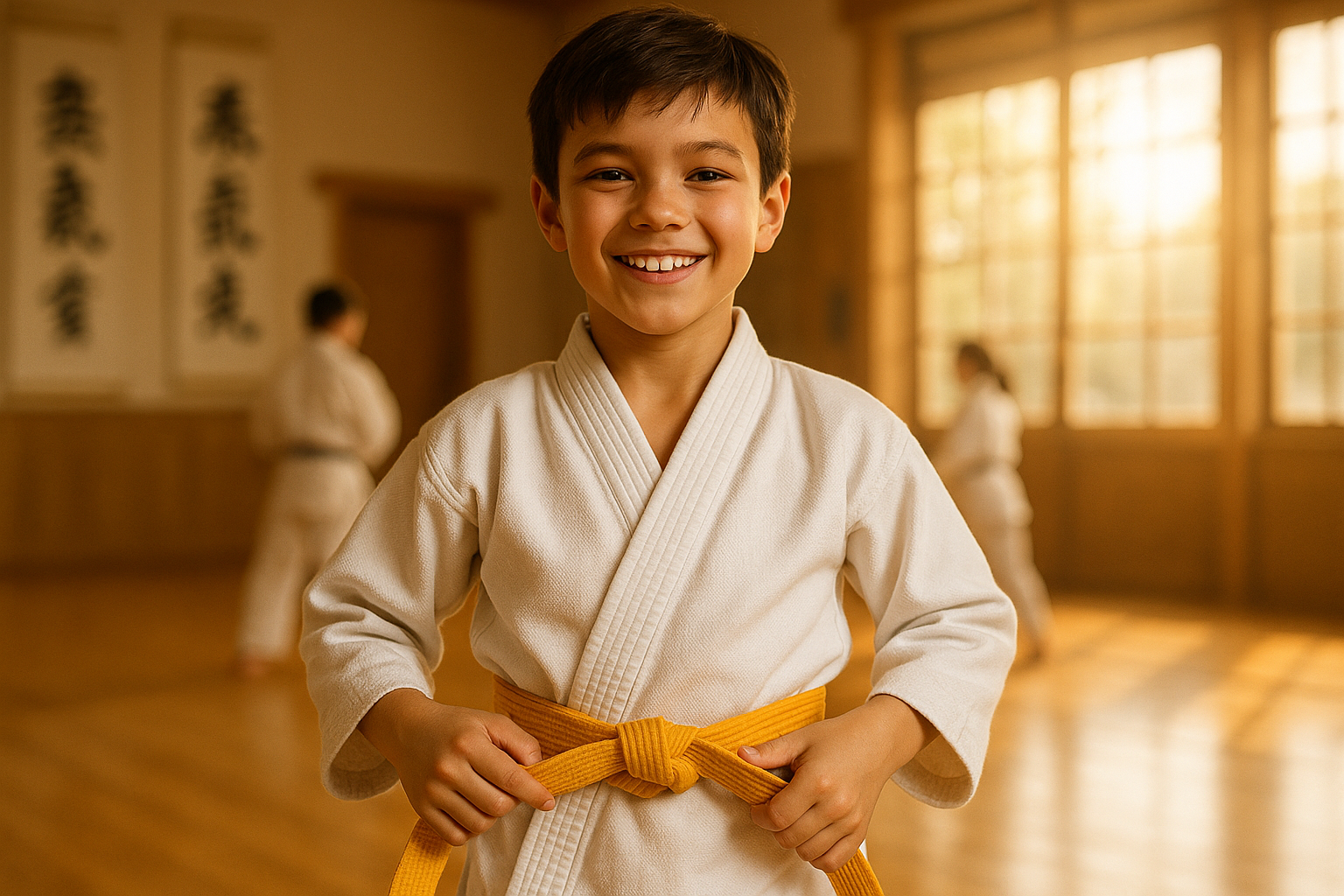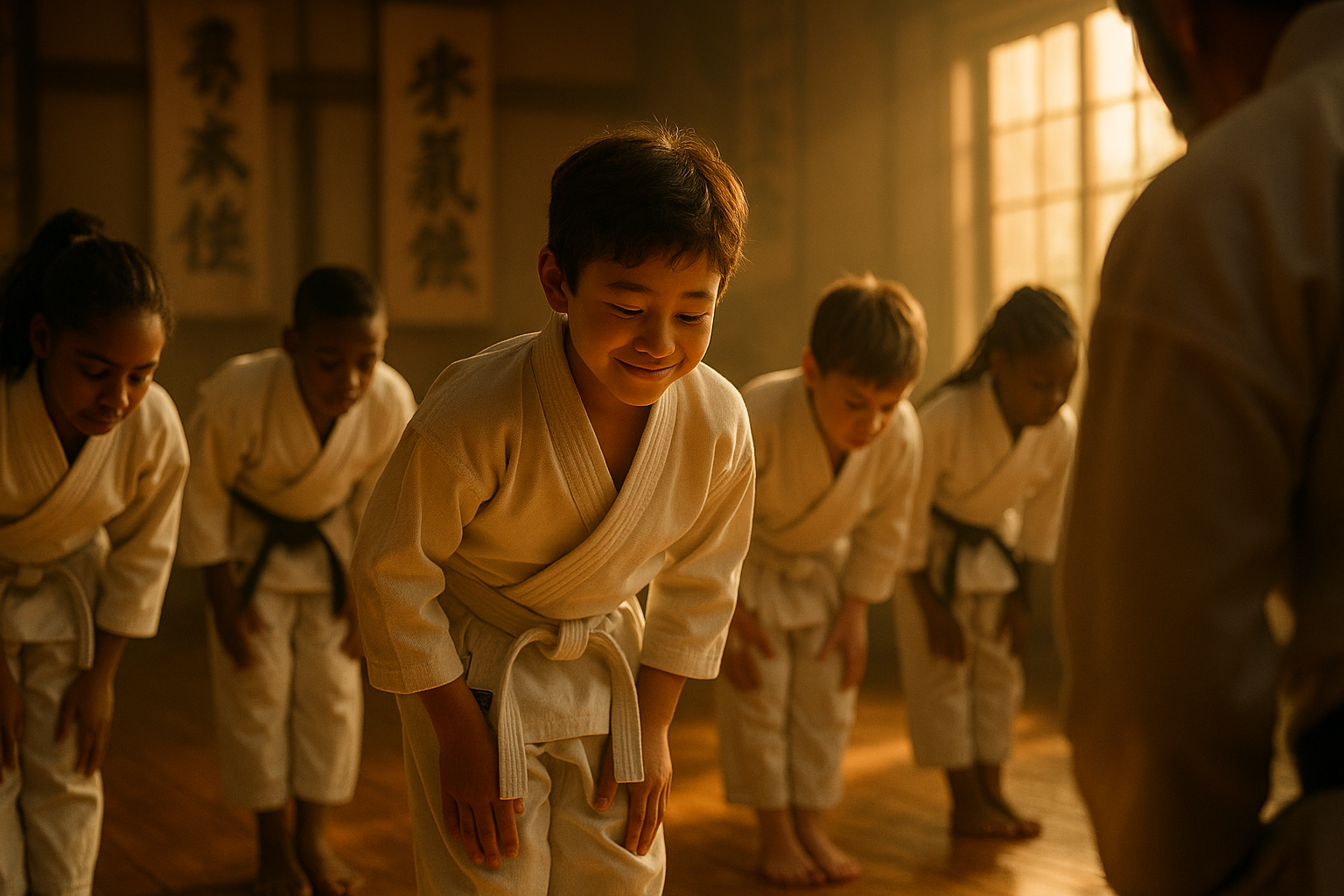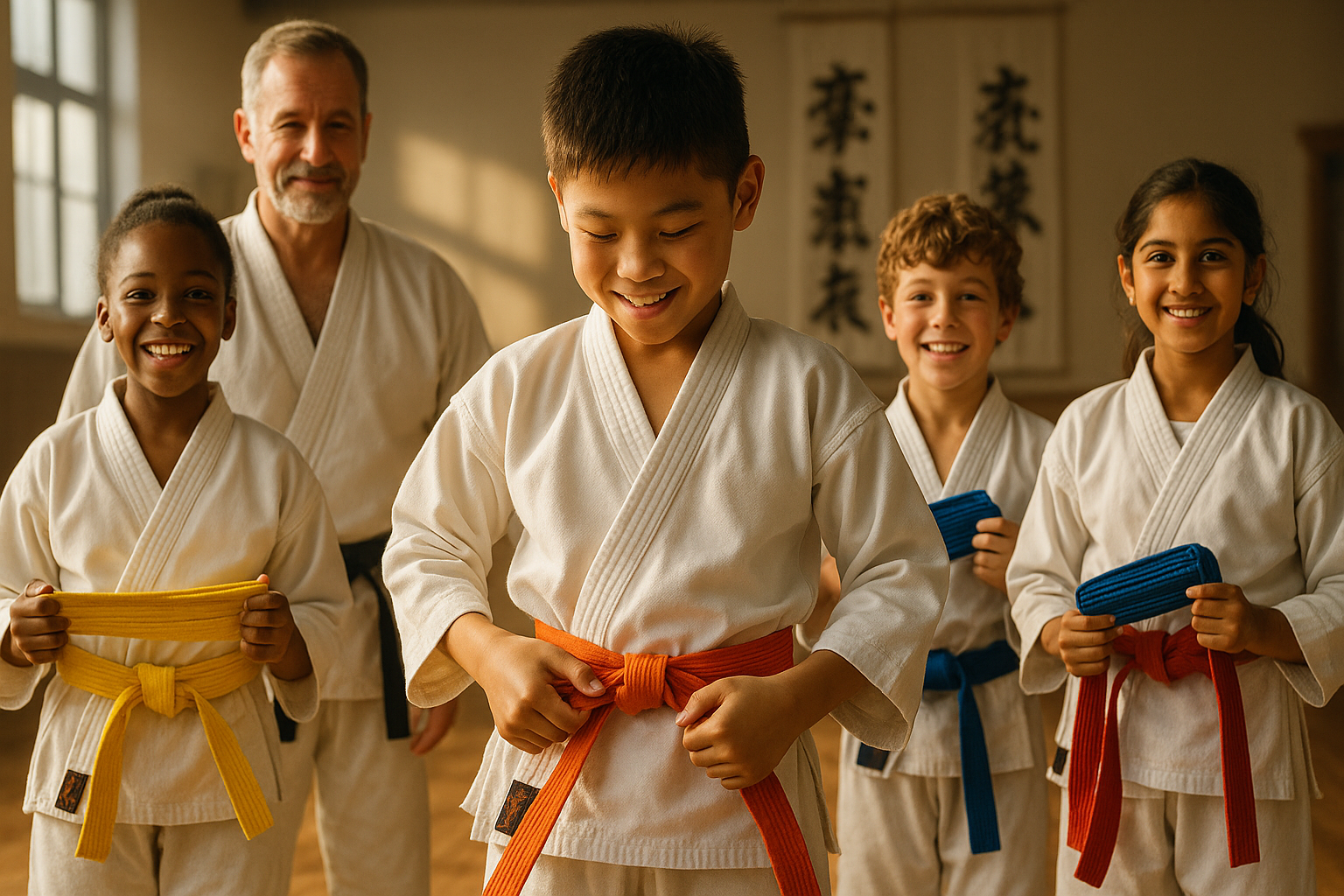Listen, I know how overwhelming it can feel watching your child struggle with focus and calmness in today's hectic world.
You're not alone in this. Every parent I talk to shares the same concerns: "My kid can't sit still," "They get anxious over little things," "I just want them to feel more peaceful."
Here's what I've discovered after working with hundreds of families...
Your child already has everything they need to be calm and centered. They just need the right environment to let those natural abilities shine through.
The Hidden Crisis Most Parents Don't See Coming
Here's something that might surprise you: The average child today has the attention span of a goldfish. Seriously. Studies show it's dropped to just 8 seconds.
But here's what's even more concerning...
Your child is living in a world that's literally designed to fracture their attention. Every app, every game, every notification is engineered by teams of neuroscientists to grab their focus and never let go.
The result? Kids who can't sit through a family dinner without fidgeting. Children who have meltdowns over the smallest frustrations. Little ones who lie awake at night because their minds won't stop racing.
And here's the part that breaks my heart: Most parents think this is just "normal" now.
It's not.
Your child's brain is incredibly adaptable. It can learn to be scattered and anxious... or it can learn to be calm and focused. The choice is in what environment you place them in.
Why Traditional "Solutions" Keep Failing Your Family
Maybe you've tried some of the usual approaches:
"Just tell them to calm down." (How's that working out?)
Screen time limits. (Good luck enforcing those.)
Meditation apps for kids. (Ever tried getting a 7-year-old to sit still for guided meditation?)
Here's why these approaches fall short: They're fighting against your child's natural need for movement and engagement.
Kids don't learn calmness by sitting still and thinking about being calm. They learn it by moving their bodies in focused, purposeful ways.
That's where martial arts becomes something completely different.
The Gentle Path to Inner Peace
Martial arts creates that safe space where something beautiful happens. The moment your little one steps onto the mat, they enter a world where being present isn't just encouraged - it's naturally required.
There's no pressure, no judgment. Just gentle guidance that helps them discover their own inner calm.
Picture this: Your child walks into class after a chaotic day at school. Their mind is buzzing with everything that happened - the test they worried about, the friend who said something mean, the homework waiting at home.
But then their instructor greets them with a warm smile and says, "Let's start by taking three deep breaths together."
Watch what happens: Their instructor shows them how to take deep, steady breaths. Not because they're in trouble, but because it feels good. It helps them feel strong and in control.
They learn simple movements that require their full attention. And suddenly, that busy mind of theirs finds something peaceful to focus on.
The Magic of Mindful Movement
Here's what makes martial arts so different from other activities:
Every single movement requires your child to be completely present. When they're learning to balance on one foot, they can't be thinking about their video games. When they're practicing a gentle kick, their mind naturally focuses on their body.
This isn't forced concentration - it's natural focus that emerges when children feel safe and engaged.
The breathing techniques they practice? Those become their secret tools for handling big emotions at home and school. When they feel overwhelmed, they remember: "Oh, I know what to do. I can breathe through this."
One mom told me: "Yesterday, my daughter got frustrated with her math homework. Instead of having a meltdown like usual, she stopped, took three deep breaths just like she learned in martial arts, and then calmly asked for help. I almost cried."
Building Emotional Resilience, One Class at a Time
What touches my heart most is seeing parents tell me: "My child seems so much more at peace. They're sleeping better. They're not getting as upset about little things."
That's because martial arts doesn't just teach physical skills - it nurtures emotional resilience in the gentlest way possible.
Here's how it works:
Week 1-2: Learning to Listen to Their Body
Your child starts noticing how their body feels. Are their shoulders tense? Is their breathing shallow? This body awareness becomes the foundation for emotional awareness.
Week 3-4: Discovering Their Breath
They learn that they can actually control how they feel by changing how they breathe. It's like giving them a superpower they can use anywhere.
Week 5-8: Finding Focus Through Movement
As they practice techniques, they discover they can quiet their busy mind by focusing on their movements. This natural meditation happens without them even realizing it.
Month 2-3: Building Confidence in Calmness
They start to trust their ability to stay centered, even when things get challenging. This confidence spills over into every area of their life.
The Impact at Home
Parents consistently tell me about changes they see at home:
"Bedtime used to be a battle. Now my son does his breathing exercises and falls asleep peacefully."
"My daughter used to have anxiety about school. Now she has tools to calm herself down before tests."
"Family dinners are actually pleasant now. My kids can sit and have conversations without constantly fidgeting."
Why This Works When Everything Else Doesn't
The secret is that martial arts works WITH your child's natural energy, not against it.
Instead of asking them to suppress their need for movement, it channels that energy into focused, purposeful action.
Instead of demanding they "just relax," it gives them specific, concrete tools they can use.
Instead of making them feel bad for being energetic, it celebrates their vitality while teaching them how to direct it.
The Science Behind the Calm
Here's what's actually happening in your child's brain during martial arts training:
Their nervous system learns to shift from "fight or flight" mode into "rest and digest" mode. This isn't just temporary - it's rewiring their default stress response.
The focused breathing activates their parasympathetic nervous system, which naturally promotes feelings of calm and well-being.
The mindful movement helps integrate their left and right brain hemispheres, improving their ability to think clearly under pressure.
Real Stories from Real Families
Sarah brought her 8-year-old son Marcus to martial arts because he was having trouble in school. "He couldn't sit still, couldn't focus, and was getting in trouble for being disruptive."
After just six weeks: "His teacher asked me what we were doing differently. Marcus was raising his hand instead of calling out, finishing his work, and even helping other kids stay calm during group activities."
Jennifer's 6-year-old daughter Emma had been struggling with bedtime anxiety. "She would lie awake for hours worrying about everything."
Three months later: "Emma now does her breathing exercises every night. She tells me it helps her 'turn off the worry thoughts.' She's sleeping through the night and waking up happy."
The Long-Term Gift You're Giving Your Child
This isn't just about managing behavior in the moment. You're giving your child life skills that will serve them forever.
Imagine your teenager being able to stay calm during college entrance exams because they learned breathing techniques at age 7.
Picture your adult child handling work stress with grace because they developed emotional regulation skills in martial arts.
Think about your child becoming a parent themselves someday, and having the tools to stay centered while raising their own kids.
Starting the Journey
Your child will learn they have the power to find calm whenever they need it. And as a parent, there's no greater gift than knowing your child has those tools for life.
The beautiful thing is, you don't have to wait months to see results. Most parents notice changes after just the first few classes.
Your child will walk out of their first session a little more centered, a little more confident, and a little more at peace with themselves.
And that's just the beginning.
Ready to help your child discover their natural ability to stay calm and centered?
The path to inner peace doesn't have to be complicated. Sometimes it starts with a simple step onto a martial arts mat, where your child can finally learn that they have everything they need to feel calm and strong, right inside themselves.
Click
here
for more info!


